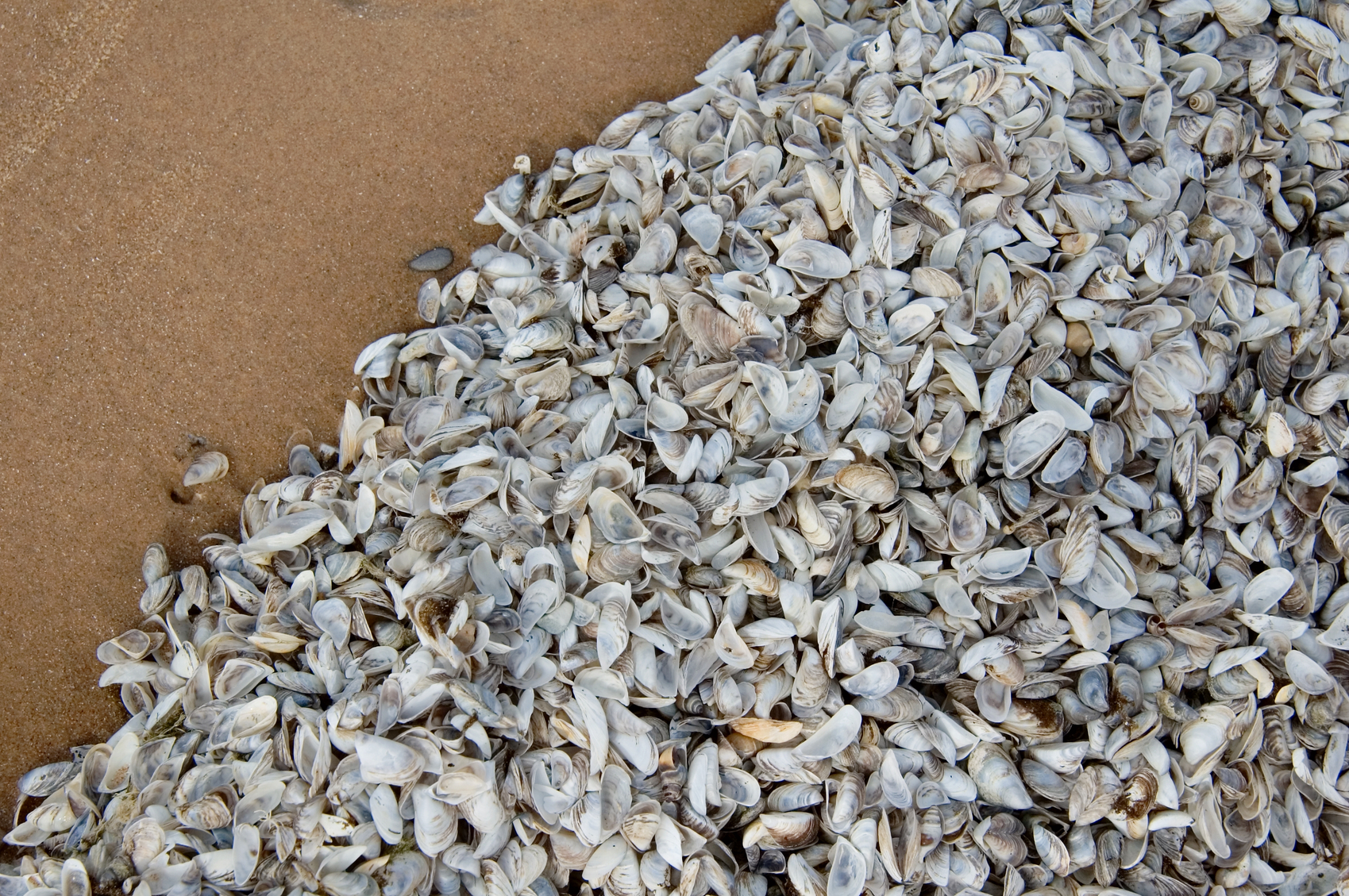A report by the Alberta Water Council (AWC) recommends seven ways in which Alberta can improve its management of aquatic invasive species (AIS). AIS include plants, mussels, fish, amphibians, and snails. Once established, these species can seriously threaten Alberta’s water management facilities, water supply infrastructure, aquatic ecosystems, recreation, and human health, with direct and indirect economic costs to the agriculture sector, industry, and municipalities.
Gord Edwards, executive director of the AWC said, “A recent study estimates that an infestation of invasive mussels would create about $75 million in annual losses if they were to establish themselves in Alberta’s lakes and rivers.”
The recommendations support work by the Government of Alberta (GoA) to develop a provincial AIS management program. “Although five AIS have been found in Alberta, those that have been so damaging elsewhere, such as zebra and quagga mussels, Asian carp and Eurasian watermilfoil, have not yet become established here,” says Kate Wilson, Provincial Aquatic Invasive Species Specialist. “This puts Alberta in a good position to adapt experience and knowledge from other jurisdictions and take a strong proactive management approach. Keeping these species out of the province will be much more cost-effective than trying to eradicate or manage them later.”
Many groups are already working to prevent AIS from entering Alberta and to manage existing threats and the AWC’s report recognizes these efforts. However, it stresses the need for continued leadership, expertise and support from the GoA, noting that a successful outcome will rely on collaboration with national, regional and local partners.
The report, Recommendations to Improve Aquatic Invasive Species Management in Alberta, focuses on five areas that are essential to good AIS management: prevention, public awareness, communication and collaboration; long-term management; monitoring; inspections; and enforcement. Specific timelines are associated with each of those, with some recommendations calling for significant progress as early as 2016, and others going into 2018.
Recently a new threat, whirling disease, has been detected in Johnson Lake in Banff National Park. This represents a new challenge for Albertans. The report’s recommendations to improve communication, coordination, public awareness and monitoring to prevent and manage AIS will help support the provincial government efforts to contain whirling disease.













